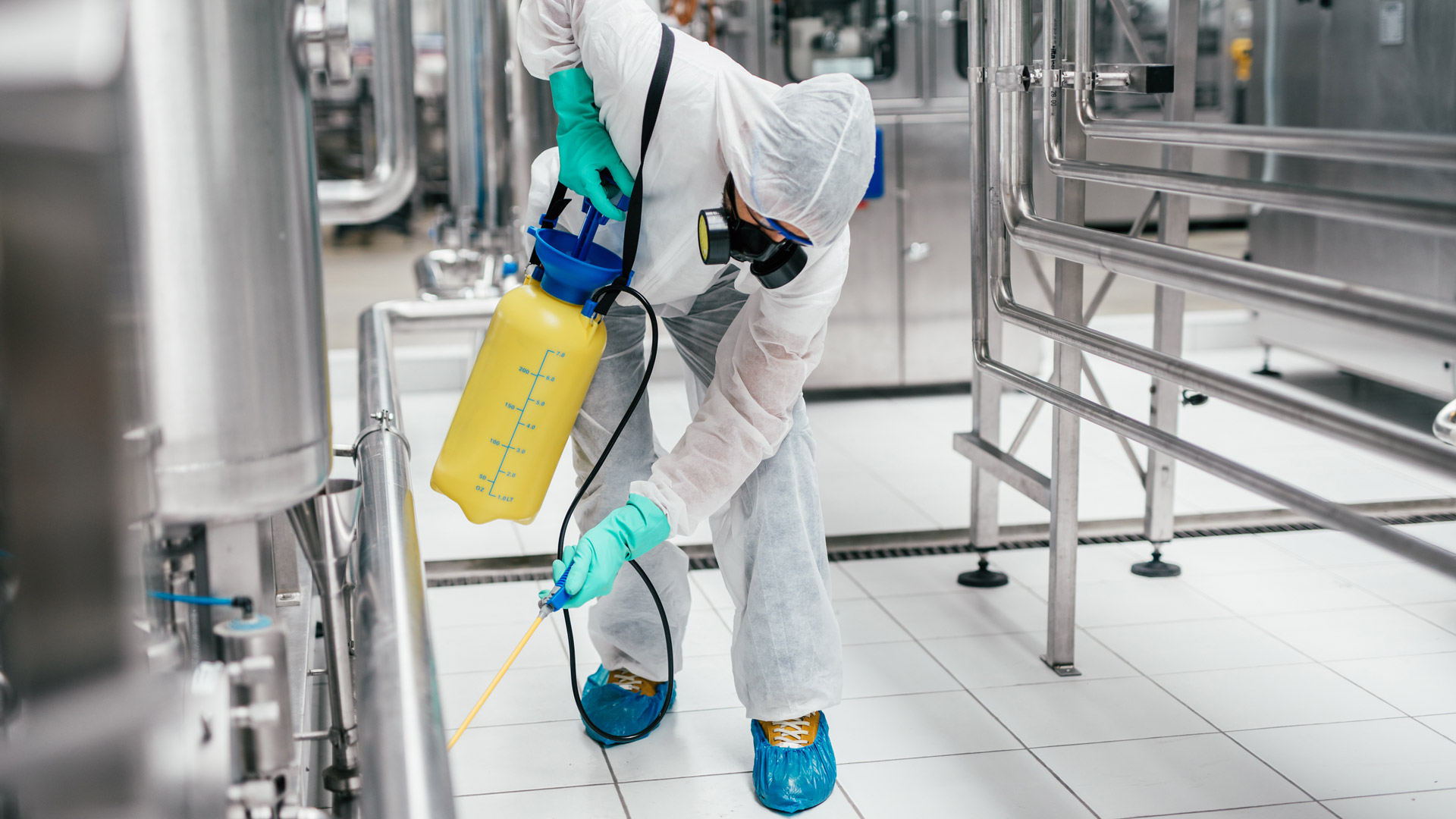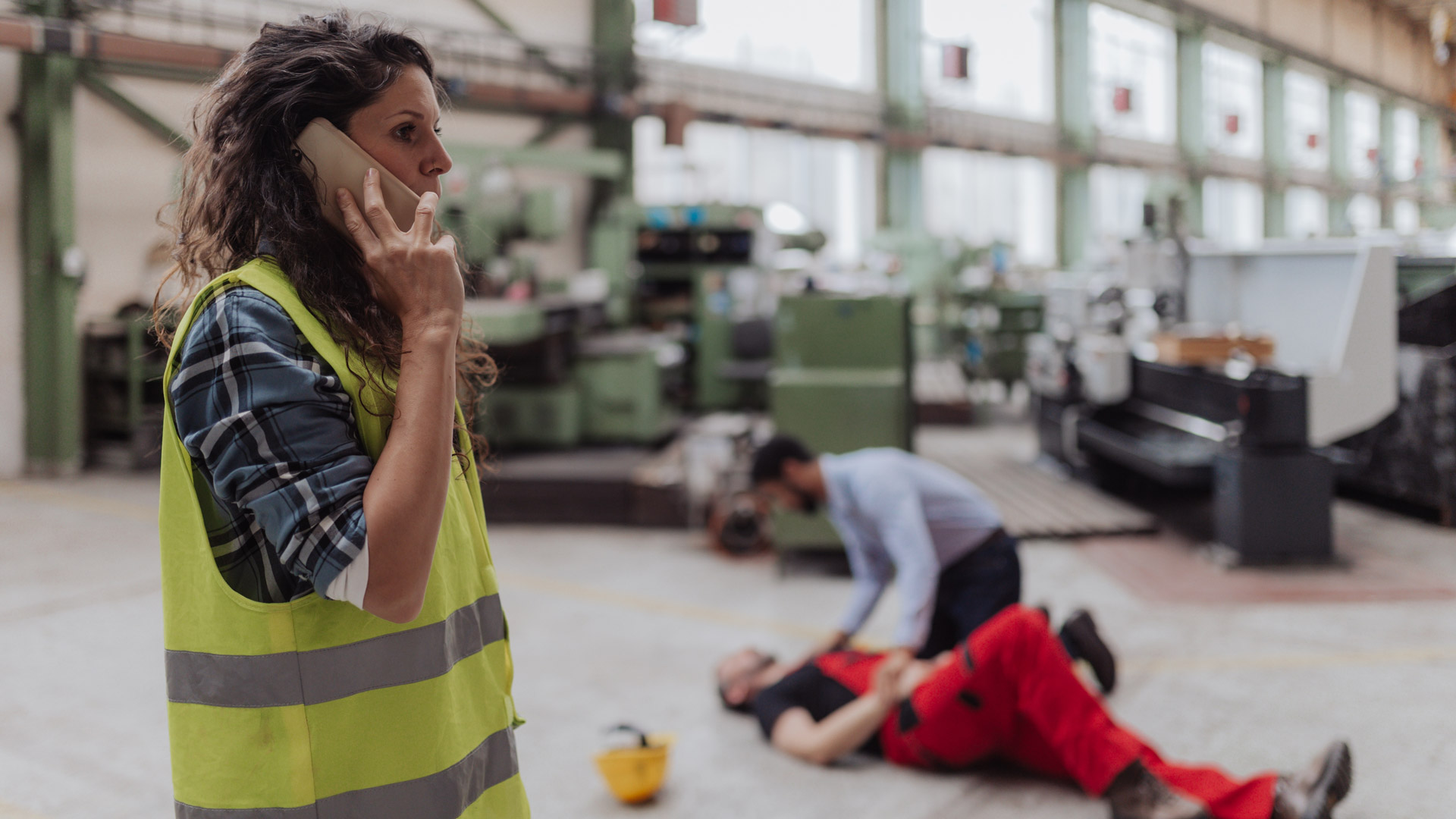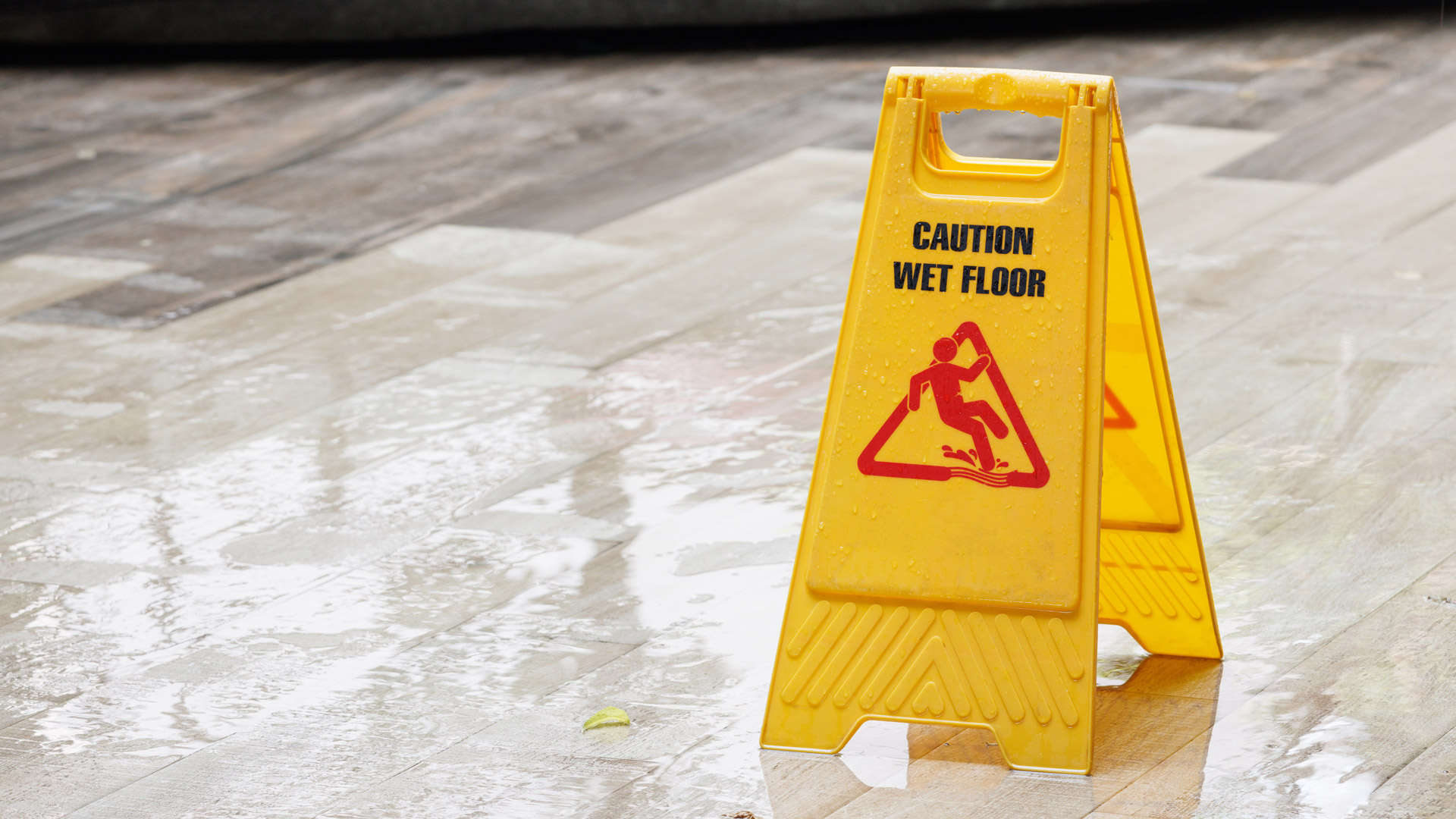Protecting your business from bad weather
You can’t do much about the weather this winter, but you can ensure that you take the necessary steps to protect against the effects on business, which can be significant. Early action can pay dividends in the event that this winter turns out to be more severe than expected, says Kenneth Cook in this briefing.
Plan ahead
To reduce the risk of business operations being interrupted by wintry weather, consider these actions:
- Agree alternative working patterns in advance; which employees can work from home and who can provide cover at short notice. Employees will still need to follow the usual procedures outlined in the absence policy if they can’t get to work due to snow or other bad weather.
- Have a snow plan in place. This plan may include:
-
- A list of important contacts, including building services, suppliers and evacuation contacts for staff;
-
- A description or map showing locations of key equipment and service shut-off points;
-
- Basic strategies for protecting property, preventing business disruption and assisting recovery;
-
- Checklists of procedures that can be quickly accessed by staff.
-
- Check the news and other sources of information for weather warnings. This will give you time to prepare. The Met Office offers email alerts for severe weather warnings.
- Decide if you need emergency power generators. Some business equipment, such as fridges and freezers, may need a constant power supply. Petrol and diesel driven generators should not be used inside as they can produce poisonous levels of carbon monoxide. Ensure there is good ventilation if you use portable indoor heaters to heat or dry out indoor spaces.
- Prepare staff for what to do in snowy weather. This may form part of their health and safety training.
Protect buildings and assets
Ahead of any predicted snowy, freezing or bad weather, check the exterior of the property for anything that may be at risk of snow or ice damage. You should:
- Fix any gaps, bubbles or cracks in the roof. Also, you should know the weight limit for the roof because if too much snow or ice collects, it might cause sagging or cracks.
- Clear drains and gutters to reduce the risk of them clogging and the building flooding.
- Prune large trees or shrubs so leaves don’t get stuck in gutters.
- Close all windows and doors to prevent snow and rain getting in.
Vehicles should be stored inside a garage or building where possible. If this is not possible, think about what else might damage them and try and reduce the risk. For example, trees, lampposts, or power lines could fall under the weight of snow or because of high winds.
Working conditions
If extremes of temperature cannot be avoided in the workplace, employers are expected to take reasonable steps to keep employees comfortable, both inside and outside a building. For cold conditions provide, at the employer's expense:
- Warm clothing, gloves and hats.
- Heated floors / mats to stand on.
- Rest facilities at a warmer temperature.
- Warm drinks.
- Job rotation, so that people can warm up between tasks.
Check your insurance
Do you have adequate insurance in place in case your business is affected by heavy snowfall or ice? Building and contents insurance will cover your premises if they are damaged. Business interruption cover can make up for lost income if you have to be away from the site while repairs take place.
After snowy, freezing and bad weather
Cold temperatures can lead to burst or frozen water pipes. After snowy weather or a cold snap, you should check for broken water pipes. You may need to turn off the water supply until a professional can affect repairs.
Call a professional if you notice any power lines are damaged or if you have a power cut.
You should also amend your snow plan or any relevant policies if an incident highlights areas that could be improved.
Kenneth Cook is a Health and Safety Advisor at law firm rradar, visit www.rradar.com
You might also be interested in
RELATED CONTENT
RELATED COURSES

The Control of Substances Hazardous to Health (COSHH) course helps learners carry out work involving hazardous substances safely.

The Accident and incident reporting course helps learners develop skills to deal with the aftermath of an accident or incident.

The Emergency first aid course offers learners the skills and knowledge to deal with emergency first aid situations at work.

The Slips, trips and falls course explains the measures that can be implemented to prevent slips, trips and falls in the workplace.

Storms, frost and snow will bring with them the usual travel problems - employees may find it harder to get to work and staff absences will increase. ...

Construction is notoriously a high-risk industry, but as the winter months hit with adverse weather conditions, it brings a whole new set of hazards a...

Storm Eunice has caused significant travel disruptions across the UK in the last week. As more bad weather is predicted in the coming days, it would b...

Slips and trips can pose a major workplace hazard and are an unfortunate side effect of environmental and human factors. The recent cold spell acts as...